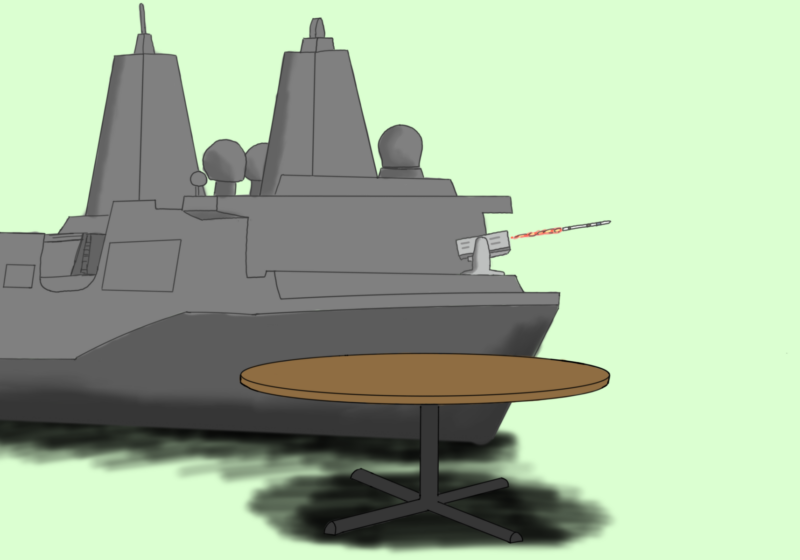UR Facilities commissioned the abatement of asbestos from three separate locations in Wilson Commons over winter break in preparation for renovations to the Pit dining center that are scheduled to occur over the summer.
‘In order to do a design [for the renovation],’ we have to know exactly what is there,’ Director of Facilities Richard Pifer said. ‘Understanding what we are going to do told us we were going to begin to disturb some of the [asbestos] that’s already there.’
Thus, Facilities coordinated the hazardous material’s removal when the building was essentially devoid of students, employees and visitors. The project spanned nine days, from Dec. 22 until Dec. 31, when measurements of air quality were at less than 0.01 fibers/cc, in line with the University’s and the Occupational Safety and Health Administration’s standards to clear the project.
Asbestos was ultimately removed from the first floor hallway near the Pit, as well as rooms 405 and 505, but there is still a necessity for further removal. The remaining abatement is scheduled to take place during spring break and will conclude one aspect of preliminary measures necessary in order for the extensive, $5 million construction project on the dining center to commence in May.’
‘They took asbestos out and put a new suspended ceiling in,’ UR’s Hazardous Waste Manager Marvin Stillman, who oversees asbestos abatement and encapulation projects, explained. ‘Next summer, when they put the new ovens in, they won’t have to deal with that. It will be all done.’
Asbestos is far from being a rarity on the UR campuses ‘- or, for that matter, any institutions with buildings constructed prior to the late 1970s. The carcinogenic mineral fiber today associated with lung disease was at one point used in a wide variety of everyday materials, from roof shingles and insulation to floor tiles and the brake linings in cars. Ongoing research throughout the 20th century regarding the correlation between ‘friable’ asbestos (meaning it is capable of crumbling into small particles that can be inhaled) and diseases such as malignant lung cancer, however, all but halted its use in modern manufacturing.
Today, asbestos is strictly monitored by organizations such as OSHA and the Environmental Protection Agency. Asbestos found in workplaces today must either be encapsulated by plastic, building material or, paint or must be removed.
At UR, asbestos removal and encapsulation are little more than routine.
‘[It’s] a normal process,’ Pifer said. ‘It’s not that we’ve discovered asbestos. We’ve known that there’s asbestos since the day it was constructed, but as long as it’s doing what it was designed to do and encapsulated by paint or whatever else, it’s perfectly safe.’
Restrictions regarding asbestos management first came about in the mid 1970s, when institutions such as UR were given options for how to deal with asbestos already present in their buildings. These institutions could take a complete inventory of the structures and remove all of the asbestos, or assume there would be asbestos present and take care of it on a more as need ‘- by ‘- need basis.
‘From both a resource perspective and what is the most logical, safest way to approach the world of asbestos,’ Pifer said, ‘this institution made that decision that we would assume that there is asbestos in our buildings and, when we do work in a building, we would require that there would be a survey completed, and then we would deal with that asbestos in the way that is most appropriate to deal [with it].’
With construction projects constantly on the horizon, from the simple maintenance of an air duct to the projected remodeling of the Towers residence halls in the coming years, asbestos removal will remain a periodic necessity.
‘It’s happening all the time, it’s absolutely routine,’ Stillman said. ‘We have two full-time employees working on that and can have anywhere up to 10-12 jobs in a queue in a given month ‘- anything from the small to the grandiose.’
Hilfinger is a member of the class of 2010.
‘



